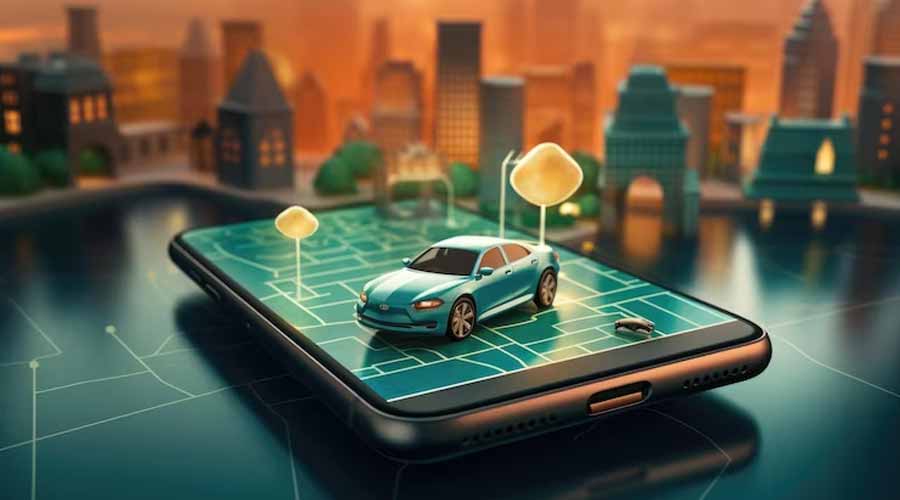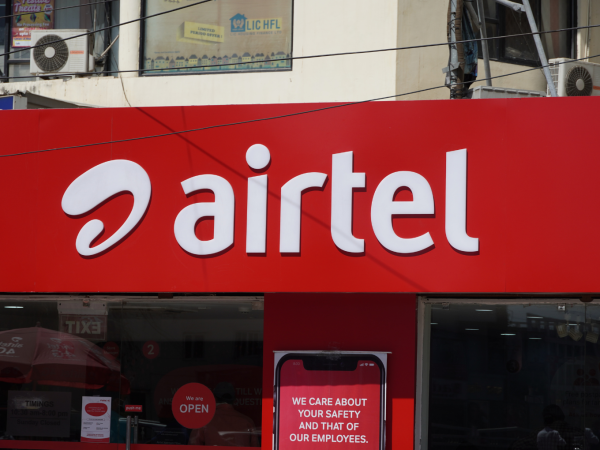Technology is Becoming a Game Changer for Faster Mobility with “Push-Pull Trains”
Rapid technological advancements and the expansion of smart city concepts have accelerated the advancement of smart transportation infrastructures, methodologies, tactics, and technologies in recent years. Innovative transportation technology presents possibilities and constraints for emerging cities seeking a more sustainable future.
If the future of transport is modular, railways will be an integral part of the innovation process. With their low carbon footprint and adaptability, the reliable train won’t be falling behind other high-profile methods of transport any time soon.
Technological Advancements in Indian Railways:
Establishing a creative atmosphere and an easy-to-use mobility system are among the top objectives for the growth of global transportation. It has been recognized that rail transportation is a crucial part of this procedure.
Over time, railways have undergone several operational modifications in adaptation to breakthroughs in science and technology. The innovations in technology and solutions that have driven digital transformation in the railway industry include the Internet of Things, cloud computing, sophisticated and comprehensive data analytics, automation, mechanization, intelligent machines, and automation.
Home-grown technology for faster mobility:
More than four years after it was initially successfully presented, an already-approved, home-grown technology for much faster trains has been given fresh life. The “push-pull” train, in which two engines instead of one pull a group of carriages, is nearing completion.
Push-Pull Train- How is it Built?
While the Vande Bharat brand of trains is marketed as a luxury product, push-pull trains will only include non-air-conditioned coaches in the General and Sleeper classes. A train is made up of two 5500 horsepower locomotives built at West Bengal’s Chittaranjan Locomotive Works and 22 non-AC carriages manufactured by Chennai’s Integral Coach Factory. According to authorities, one rake has already begun testing in the Western Railway zone, while another is nearing completion at the Chennai facility.
While the Vande Bharat coaches are custom-built, the push-pull trains use older Linke Hofmann Busch coaches that have been upgraded. To eliminate jerks in braking, new-age Schaku couplers were utilized, and vestibules (way between two coaches) were shut like in metro trains. Aside from that, the chairs are fluffier. According to authorities, the color palette is also altered in order to provide the user with a new experience.
The Indian Railways is planning to build a total of ten such trains. According to reports, the Banaras Locomotive Works is planning to purchase additional push-pull locomotives, 500 of which will be utilized for freight stock and 50 for passenger operations in the future. However, despite its effectiveness, it took the railways four years to come around to this system.
Benefits of Push-Pull technology:
The Push-Pull train technology allows to attain quicker speeds and minimize travel time without incurring significant additional costs.
In addition to giving the train more power, the two engines’ hardwiring together allows for far faster average speeds by cutting down on the train’s acceleration and deceleration times.
Even though the coaches were not upgraded, a Mumbai Rajdhani was successfully run using push-pull technology in 2019, soon after the first Vande Bharat was deployed. It cut travel time by one hour. The Indian Railways has historically been slow to adopt modern traction technologies. The distributed-power trainset technology that powers the Vande Bharat trains was also proposed internally at least five years before the project was approved.
According to the Railways minister Ashwini Vaishnaw, the tariffs of the push-pull trains, which offer a better, improved experience than the typical non-AC journey, are being discussed as being 10-15% more than comparable non-AC trains.




